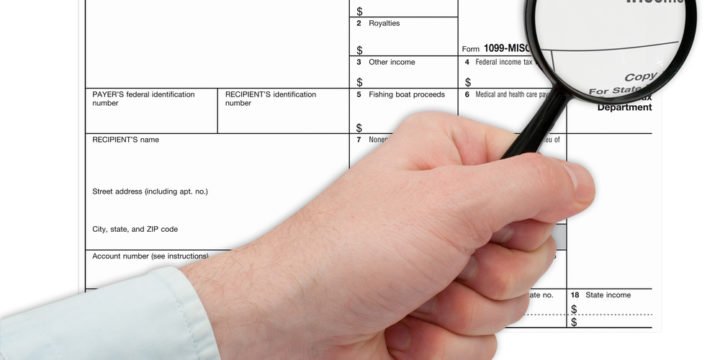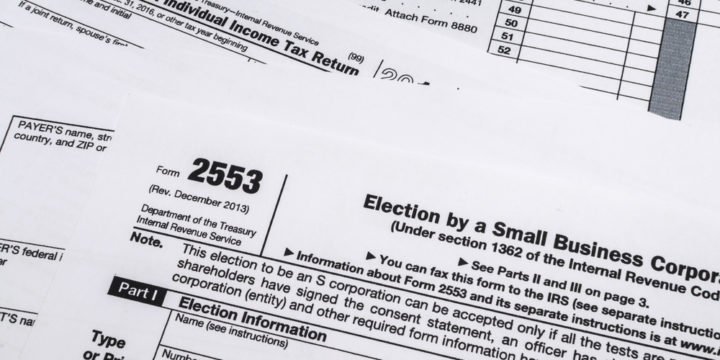
Demystifying the Form 1118 Part 7. Schedule F-2 Determining the Tax Consequences of Tax Deemed Paid by a First-Foreign Corporation with Respect to Dividends from a Second-Tier Foreign Corporation Prior to Tax Reform
By Anthony Diosdi In order to provide the Internal Revenue Service (“IRS”) with the information necessary to claim a foreign tax credit, a U.S. corporation claiming a foreign tax credit must attach Form 1118 otherwise known as “Foreign Tax Credit - Corporations,” to its tax return. This is the seventh of a series of articles designed to provide a basic overview of the Form 1118. This article is designed to supplement the instructions for the Form 1118 promulgated by the IRS.Introduction to Schedule F-2Schedule F-2 is designed to compute the tax deemed paid by a first-tier foreign corporation with respect to dividends received from a second-tier foreign corporation prior to the Tax Cuts and Jobs Act of 2018. Schedule F-2 is applicable to dividends or inclusions for taxable years of…








